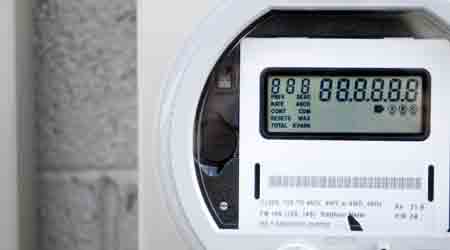Communication Is Key in Energy Upgrade
Last of a 3-part article on taking the right steps to ensure a successful energy upgrade
Numbers are necessary when it comes to making sure energy upgrades are delivering as expected, but words are just as important. Communication between the facility manager and the contractor doing the work is key. Each party needs to explain in detail what is needed and expected and what can realistically be delivered.
“You need to be specific and state exactly what you want,” says Gundersen’s Zarecki. “I tell (contractors) that I can get the approval, but I need the information from them in order to do that.”
Communication is critical for many reasons, including that if a facility manager can’t tell contractors and others what expectations are, those expectations will go unmet, says D’Angelo.
“You also have to be open to there not being one right answer. And if you’re only interested in one single answer and you don’t communicate that, everyone will be frustrated,” D’Angelo says.
“You need a clear, measurable goal,” says National Renewable Energy Lab’s Torcellini. “Just saying ‘I want to be green’ doesn’t do you any good. You need to say ‘We need to measure our energy (use) and cut it 10 percent a year.’”
When seeking competitive bids, particularly for large, capital projects, the facility manager should clearly specify information such as what the equipment needs to do, how long the equipment is expected to last, and what type of warranties are needed, Torcellini says. In addition, a facility manager should keep in mind that every time a decision is made, that decision will affect other energy and environmental systems. That’s the case whether the decision is being made about a chiller, lighting system, or windows.
The sooner the lines of communication are open, the better, says Kevin Kampschroer, chief sustainability officer, director of the Office of High-Performance Green Buildings at the General Services Administration. “You can have six experts but if they can’t work together, you have a problem,” he says. “From our point of view, the more people you get in the room earlier, the better.”
Communication shouldn’t only occur during the energy upgrade. It needs to happen when the original system is installed and as changes are made to it during the course of its life. It means not just making sure all parties are talking but also that changes and decisions are being documented, says Kimco’s Mitten. Without documentation of what exists and what changes have been made, chaos can quickly ensue, he says.
“You do a little change here and two weeks later, someone else comes along and puts a Band-Aid on something else and pretty soon the system is fighting itself and you move away from the optimization you had,” Mitten says. “Documentation is key because it’s easy to miss a change or not realize that something was changed. You have to have it so that you bring everything along to where it should be, which is essentially continuous commissioning.”
Desiree J. Hanford, a contributing editor for Building Operating Management, is a freelance writer who spent 10 years as a reporter for Dow Jones. She is a former assistant editor of Building Operating Management.
Related Topics:














